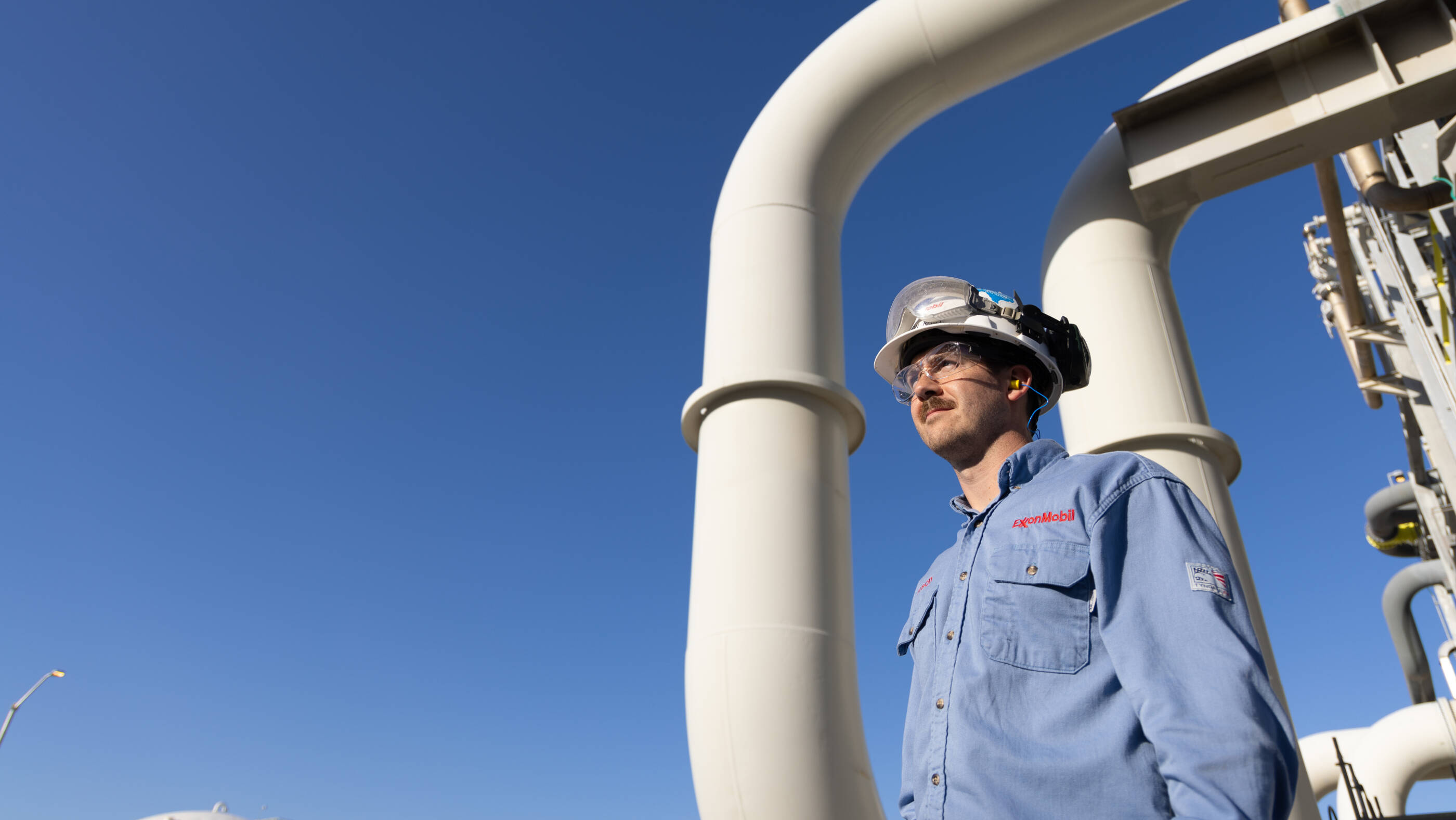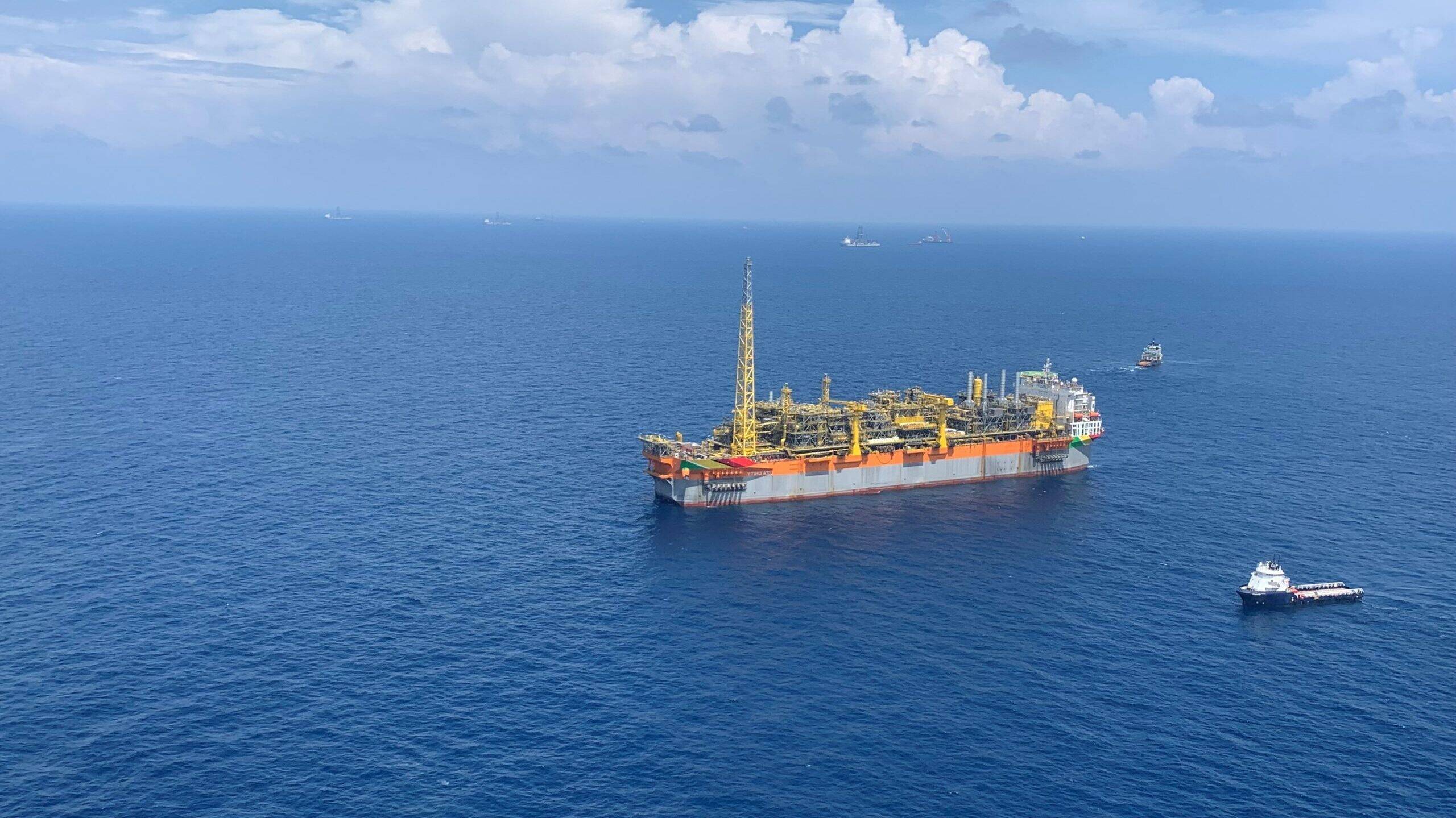selected item
Diversity of supply - your key to energy security
- A diversified energy portfolio is essential to ensuring energy security.
- Diversity of sources and supplies offers insurance against supply disruptions and other hazards.
- Asia's recent embrace of LNG provides a security roadmap other regions should follow.
“Diversify”
Every financial advisor will tell you a diversified portfolio is essential to protecting your financial future. It could mean the difference between losing your life savings or living on Easy Street.
The same principle holds true when it comes to energy. Diversified sources and supplies are absolutely critical to ensuring regional and even global energy security. When you don’t have diversification, whether in terms of energy supply or in your financial portfolio, real people stand to be negatively affected.
That was a message I delivered in Singapore recently at Gastech 2023, one of the LNG industry’s premier annual gatherings.
When it comes to the types of energy a country uses, or the source of those supplies, diversity acts as insurance against the negative effects of inflation, supply disruption or other problems energy consumers might face.
It is key to avoiding the pains of world affairs – whether natural disasters like hurricanes or man-made ones that can stem from the geopolitical movements of rival nations.
Russia: Europe’s case for change
The past 18 months in Europe have offered a stark reminder of the importance of diversification for energy security. Russia had long been the principal – or even sole – supplier of natural gas for many European countries.
Europe’s dependence on Russian gas left millions of consumers vulnerable to a potential disruption in supplies.
The rapid reduction in Russia’s exports in the wake of its invasion of Ukraine left European nations with no other option than to purchase natural gas from the spot market. Energy prices increased rapidly.
Much of this turmoil may have been avoided if Europe had greater diversification of energy sources and providers.
Diversifying with LNG
Encouraging the construction of LNG import terminals to receive shipments of liquefied natural gas likely would have provided important opportunities for diversity and security of supply. Such diversity could have kept Europe connected to other options.
It’s worth noting that over the past few decades, the countries of the Asia-Pacific region took a different approach. They grew their ability to import LNG, significantly reducing their vulnerability to supply disruptions and keeping them connected to diverse supply. After all, LNG can be shipped from almost anywhere in the world.
And many countries signed stable, long-term contracts with trusted suppliers – connections that further enhance the ability to protect their citizens and their economies.
Singapore is a prime example. Almost all of Singapore’s electricity comes from natural gas, most supplied by pipeline from Malaysia or Indonesia, with LNG supplying roughly a third of the total supply.
But if something were to happen to those pipelines, or to those sources of supply, Singapore is positioned to import additional LNG. And that gas could come from anywhere, whether Qatar, Australia, or Papua New Guinea … or from the United States or Mozambique.
Such is the beauty of diversification; when it comes to natural gas, Singapore and its Asia-Pacific neighbors have taken affirmative steps to ensure greater energy security.
I believe that more nations around the world would be wise to follow their example. From a geopolitical standpoint, it is a smart investment to make.
At ExxonMobil, we offer geographically diverse, flexible, reliable, and lower-carbon LNG from our global portfolio. In essence, diversification is what we deliver.
Explore more

The fundamentals of fuel prices and supply
We’re all hearing about high fuel prices, and some are calling on energy companies like ExxonMobil to increase production to help ease pain at the pump. We know high prices are having a real impact on families everywhere – no one wants to pay more to get themselves to work or their kids to school.
Liquefied natural gas: Providing more energy with lower emissions
Our focus at ExxonMobil is providing affordable and reliable energy while reducing greenhouse gas emissions. In the past few months, there have been dramatic changes in the market for LNG, or liquefied natural gas, both in price and regional demand. For those of you who don’t know, LNG is natural gas that has been cooled to a liquid state which enables us to safely transport it to customers around the world.



